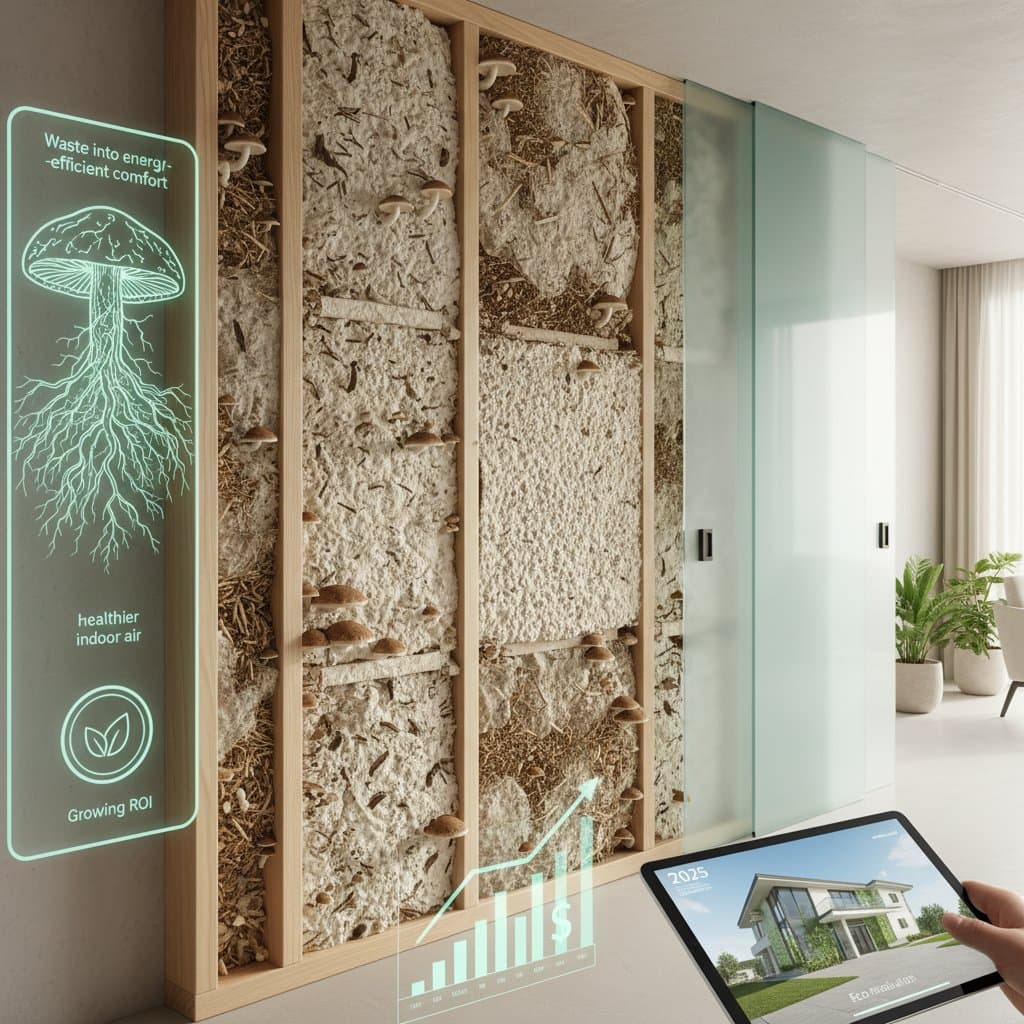Key Points
- Recycled plastic decking integrates sustainability with exceptional durability and reduced maintenance needs.
- Initial costs vary from moderate to premium levels, yet overall lifecycle savings surpass those of conventional wood.
- Effective installation, including ventilation and regular cleaning, guarantees enduring performance and attractiveness.
- Composites derived from reclaimed plastics and fibers diminish landfill contributions and carbon emissions.
- Homeowners benefit from tangible returns via lower upkeep, prolonged service life, and elevated resale prices.
Integrating Sustainability and Style in Outdoor Spaces
Picture walking barefoot across a deck that remains cool in direct sunlight, demands no staining, and avoids splinters over many years. This vision has become attainable for numerous homeowners. Recycled plastic decking stands as a fundamental element in eco-friendly outdoor design, uniting environmental stewardship with superior functionality and refined appearance.
Wood materials long held sway in deck construction, yet their ongoing care requirements, susceptibility to decay, and the strain on forest supplies have diminished their attractiveness. Composite and recycled plastic options now provide viable substitutes that conserve time, safeguard the environment, and increase home worth. This movement toward recycled plastics extends beyond fleeting fashion; it signals a permanent evolution in perspectives on construction materials and enduring investments.
Financial and Environmental Benefits of Recycled Plastic Decking
Selecting recycled plastic decking serves as both an environmental commitment and a prudent economic choice. Producers transform post-consumer plastics, including bottles, films, and industrial remnants, which might otherwise fill landfills, into robust building components. This process lowers carbon footprints and conserves natural resources.
Homeowners find the investment return persuasive. Such a deck may incur 15 to 30 percent higher initial expenses than pressure-treated wood, but it endures two to three times longer with scant maintenance. Accounting for the absence of staining, sealing, and replacements, savings over 20 years can surpass 35 percent relative to wood.
Moreover, properties with sustainable elements frequently achieve premium resale prices. Real estate experts note that features like composite decks enhance appeal to buyers and accelerate sales. Although precise values differ by region, the pattern remains evident: sustainability attracts purchasers.
Engineering Strengths of Recycled Composites
Engineers design recycled plastic decking for uniformity, robustness, and extended service. Typical formulations merge high-density polyethylene with wood fibers or mineral additives, yielding boards that emulate wood's appearance while surpassing it in toughness.
Principal engineering advantages encompass:
- Dimensional stability: Boards withstand warping or contraction amid fluctuations in humidity and temperature.
- Slip resistance: Textured profiles enhance footing, particularly in damp conditions.
- Color retention: Sophisticated pigments counter UV-induced fading.
- Insect and rot resistance: The plastic foundation deprives termites and fungi of organic sustenance.
Producers adhere to stringent quality protocols that match or surpass norms for conventional materials. Numerous items hold certifications affirming recycled composition and structural reliability. For users, this ensures reliable outcomes and minimizes failure risks.
Versatility in Design and Visual Charm
Initial plastic decking versions appeared artificial and monotonous, but current iterations compete with premium hardwoods in elegance. Varied hues, imprinted textures, and subdued sheens produce authentic surfaces suited to diverse architectural themes.
Options include capped composites with protective shells for superior color endurance or fully plastic variants ideal for marine or moist settings. Innovative layouts permit directional board arrangements, pairings with metallic or lithic elements, or incorporations of embedded illumination to evoke luxury retreats.
Design options include:
- Concealed fasteners for seamless finishes
- Coordinated railings and trim components
- Tailored hues and board dimensions
- Integration with embedded benches or planters
These selections enable personal expression alongside ecological fidelity.
Upkeep and Durability: Unseen Returns
Recycled plastic decking excels in everyday care compared to wood. Rather than yearly sanding or staining, maintenance consists of rinsing with soap and water. The composition deters mold and mildew, although periodic washing removes accumulations from pollen or soil.
A correctly installed deck endures 25 to 50 years in standard conditions. Many composites come with warranties affirming this longevity. By forgoing painting, staining, and renewals, owners recoup the added expense within 10 years via reduced labor and supply outlays.
20-Year Cost Breakdown:
- Pressure-treated wood: Low starting price, frequent upkeep expenses, limited duration.
- Cedar or redwood: Balanced pricing, elevated care needs, color degradation.
- Recycled plastic composite: Elevated upfront investment, minimal maintenance, extended life, stable look.
From a budgeting view, this decking offers reliability against economic shifts.
Health and Ecological Impacts
Recycled plastic decking fosters healthier surroundings beyond economics. Wood preservatives in traditional decks can emit vapors or contaminate ground. Composites and plastics omit these substances, yielding secure areas for households and animals.
Production advances feature closed-loop methods, recycling factory scraps internally. Certain companies provide retrieval services, recycling used boards at lifecycle's end. This cycle converts decking into a replenishable resource.
In humid zones, these materials avert decay and mold that might affect interior air if water seeps into connected buildings. The outcome yields a purer, more secure, and sturdier living space.
Adapting to Local Conditions and Climates
Recycled plastic decking suits varied settings, though regional factors guide choices and setup. In warm areas, pale shades mitigate heat buildup; in frigid zones, adequate gaps and airflow counter freeze-thaw cycles. Seaside locations favor pure plastic for salt and moisture defiance.
Building regulations might mandate strength thresholds, traction levels, or flame retardancy. Engaging qualified installers assures adherence and best practices. For self-installers, following producer directives and selecting apt fasteners proves essential for durability.
Funding and Preparation Approaches
For deck renovations, explore financing including eco-loans or utility rebates for green upgrades. Pairing low-care decking with energy-efficient additions like LED lights or drought-resistant plants amplifies property benefits.
Budgets must cover groundwork, supports, and runoff management. These bases affect outcomes as vitally as surface materials. Contractor quotes generally detail supplies, workforce, and completions for pre-project insight.
Steps to Implement Your Deck
Adopting recycled plastic decking involves design and habit shifts. Start by examining trusted makers aligned with eco-certifications. Obtain samples to assess tones, feels, and warmth in daylight. Hire specialists in composites for sound substructures and airflow.
Post-installation, weave the deck into routines. Incorporate energy-saving lights, eco-furnishings, or recycled planters for unified retreats. Clean seasonally, and relish a venue that preserves allure with minimal effort.
Materials honoring ecology and convenience define tomorrow's decking. Recycled plastics fulfill this with resilience, adaptable forms, and concrete gains over time.








